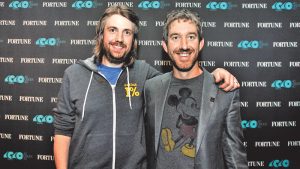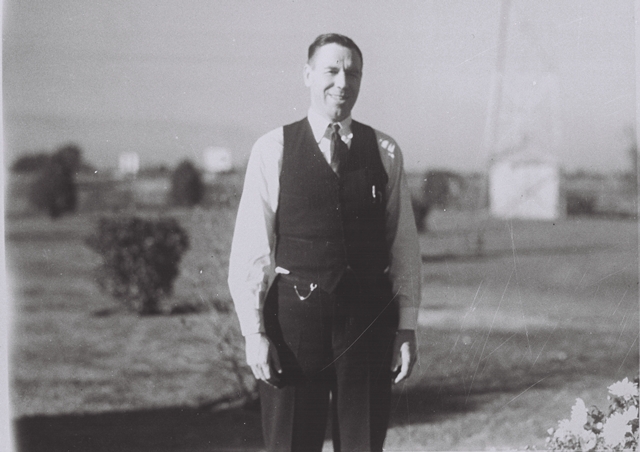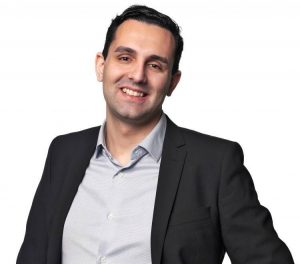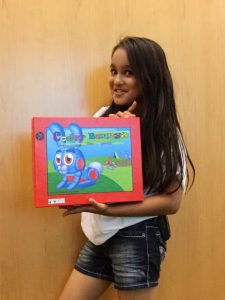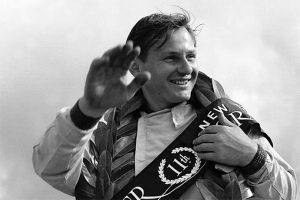Jensen Huang : The CEO & Co-founder of Nvidia
An American entrepreneur and a businessman, Jensen Huang is the CEO and co-founder of the graphics-processor company Nvidia. Huang is an all-rounder, who as a child was placed third in junior doubles at the U.S Open and at the same time, was deeply in love with his books. He is a fan of tattoos and his love for cars as well as speed, encouraged him to buy a Ferrari 430, a Ferrari 599 and a Swedish Koenigsegg CCX. Huang is never afraid of failures and believes that it is ‘Okay to Fail’, to achieve your goals.
Early Life
Jensen Huang was born on 17 February 1963, in Tainan City, Taiwan. After some time, his family moved to Oneida, Kentucky, and then to Oregon. His family, along with his elder brother, sent him to live with their relatives, in the United States, when he was just 10 years old. There, the two joined the Baptist School, a school for troubled students. After a few years, both of them were back in Oregon, to reunite with their parents. Huang completed his high school education from the Aloha High School, outside Portland.
In 1984, Huang entered the Oregon State University, where he received a bachelor’s degree in electrical engineering. He further joined Stanford University, to complete a master’s degree in the same, in 1992.
Founding Nvidia
After completing his education, Huang started working at LSI Logic as the Director of the company. He then, joined Advanced Micro Devices, Inc., as the microprocessor designer.
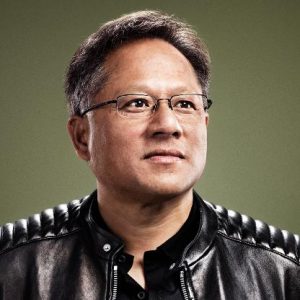
Huang knew that graphics is the future of computers and gaming will be the most revenue generating field in the future. In April 1993, along with his partners, Curtis Priem and Chris Malachowsky, Huang co-founded Nvidia, a software and semiconductor maker company, with a capital of $40,000.
Huang was appointed as the CEO of the company, Curtis Priem as the Chief Technical Officer and Chris as the Senior Vice President for Engineering and Operations. Chris worked at the same position for ten long years, and in 2003, he took retirement from his post.
Nvidia deals mainly in four markets including gaming, professional visualization, data centres and auto. The company has also started working in the field of artificial intelligence.
The company received $20 million of venture capital funding from Sequoia Capital and others. In 2018, the company recorded a 40.6% increase in the revenue of the company, with the earnings of US$3.047 billion.
Personal Life
Huang is married to Lori Huang, who was once his Lab partner in College. The couple has two children with their marriage.
Huang is also into Philanthropy and donated US$30 million to build the Jen-Hsun Huang School of Engineering Center to his alma mater Stanford University.
Ernst & Young named him the Entrepreneur of the Year in High Technology, in 1999. In 2003, he was presented with the Dr Morris Chang Exemplary Leadership Award. In 2009, he received an honorary doctorate from Oregon State University. Huang was named among the world’s top 50 influencers, in the in the inaugural EDGE 50, in 2018.

Yashica is a Software Engineer turned Content Writer, who loves to write on social causes and expertise in writing technical stuff. She loves to watch movies and explore new places. She believes that you need to live once before you die. So experimenting with her life and career choices, she is trying to live her life to the fullest.
